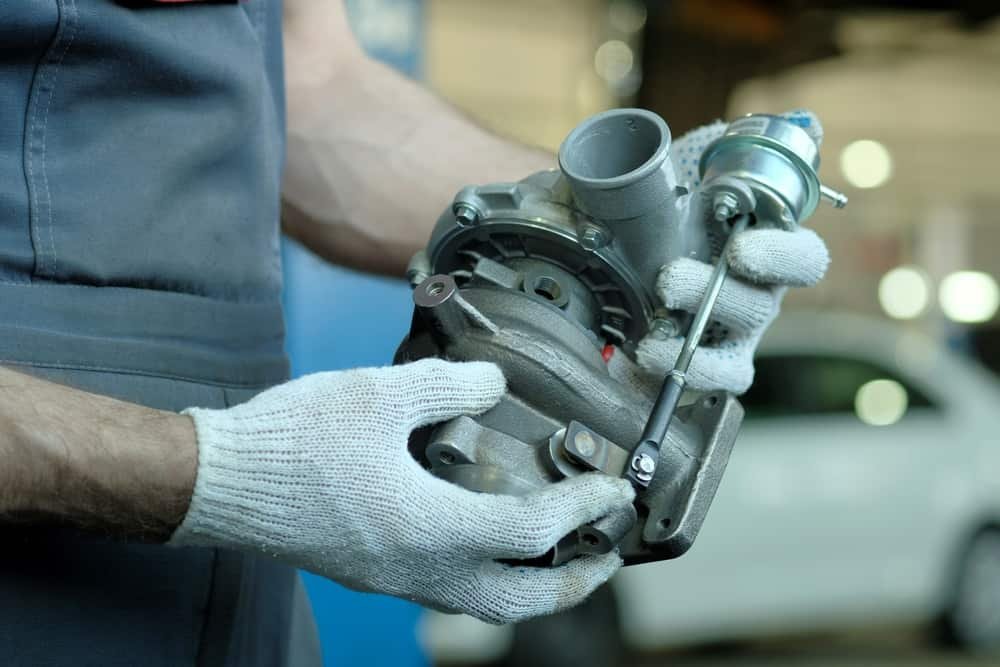The Essential Guide to Ensuring Safety When Working with Turbochargers and Injectors

When it comes to working with turbochargers and injectors, safety should always be the top priority. These vital components play a crucial role in the performance and efficiency of an engine, but they can also pose significant risks if not handled with care. Whether you’re a seasoned mechanic or a DIY enthusiast, it’s essential to understand and implement proper safety measures to protect yourself and others. In this article, we’ll emphasize the importance of safety when working with turbochargers and injectors and provide valuable tips to ensure a secure working environment.
Understanding the Risks
Before delving into the safety measures, it’s crucial to understand the potential risks associated with working on turbochargers and injectors. These components operate under high pressure and temperature, making them susceptible to various hazards. Some of the risks include:
- High-pressure fuel spray: Injectors can release fuel at high pressure, posing a risk of injury if it comes into contact with the skin or eyes.
- Hot surfaces: Turbochargers can reach extremely high temperatures during operation, leading to burns if touched without proper precautions.
- Sharp edges: Turbocharger components and injectors may have sharp edges that can cause cuts or puncture wounds if mishandled.
- Electrical hazards: Turbochargers and injectors often require electrical connections, which can present risks of electrical shock if not handled properly.
Essential Safety Measures
To ensure the safety of yourself and others when working with turbochargers and injectors, it’s crucial to follow these essential safety measures:
1. Personal Protective Equipment (PPE)
Always wear the appropriate personal protective equipment (PPE) when working with turbochargers and injectors. This includes safety glasses or goggles, gloves, and a protective apron or coveralls. PPE helps protect against fuel spray, hot surfaces, and any potential debris or chemicals.
2. Proper Ventilation
Ensure that you are working in a well-ventilated area or use exhaust ventilation to remove any fumes or gases that may be present during the repair or maintenance process. Turbochargers and injectors can release harmful gases, so proper ventilation is crucial for a safe working environment.
3. Secure the Work Area
Before starting any work, make sure the work area is clean, well-organized, and free from any potential hazards. Keep all tools, equipment, and parts organized and within easy reach. Remove any flammable materials from the vicinity and ensure there are no tripping hazards.
4. Follow Manufacturer’s Guidelines
Always refer to the manufacturer’s guidelines, service manuals, and specifications when working with turbochargers and injectors. Each make and model may have specific instructions and safety precautions that need to be followed. Adhering to these guidelines will help prevent accidents and ensure the proper functioning of the components.
5. Use the Right Tools
Using the correct tools for the job is essential for safety and efficiency. Ensure that you have the appropriate tools and equipment required for working with turbochargers and injectors. Using improper tools can lead to accidents, damage to the components, or poor-quality repairs.
6. Handle Fuel with Care
When working with injectors, exercise caution when handling fuel. Avoid smoking or working near open flames, as fuel vapors can be highly flammable. Use appropriate containers and follow proper fuel handling and disposal procedures to prevent spills and contamination.
7. Allow Components to Cool Down
Before working on turbochargers, allow them to cool down to a safe temperature. Turbochargers can reach extremely high temperatures during operation and can cause severe burns if touched without adequate cooling time. Be patient and ensure the components are cool to the touch before proceeding.
8. Regular Maintenance and Inspection
Regular maintenance and inspection of turbochargers and injectors are essential to identify any potential issues or wear that may compromise safety. Keep a schedule for routine inspections and follow the manufacturer’s recommended maintenance intervals to ensure the components are in optimal condition.
Conclusion
Working with turbochargers and injectors requires a thorough understanding of the associated risks and the implementation of proper safety measures. By following the guidelines outlined in this article, you can ensure a secure working environment and minimize the potential for accidents or injuries. Remember, safety should always come first when working with these vital engine components.
